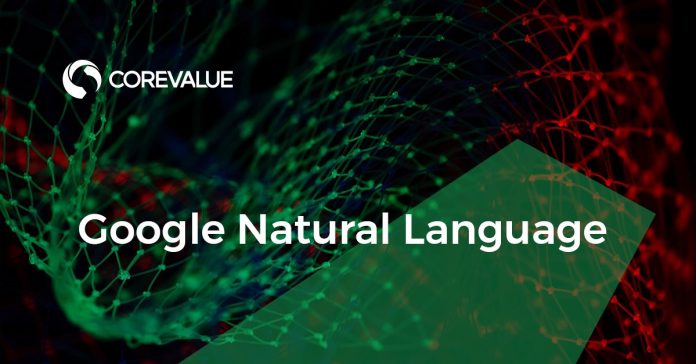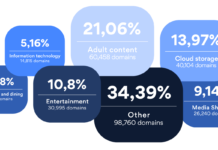In the modern world, most companies rely on data solutions to drive their operations and that often means using synchronized data analytics systems. Technology not only helps corporations to make more informed decisions, but also to make them faster than before. On average, statistics show that businesses generate up to 2.5 quintillion bytes per day of data, which is why most of them apply Google’s organic language processing algorithms to decode and process information for more precise conclusions.
What problem does the organic language processing system really solve?
To start, it’s a technology that helps computers to assess natural human language and generate accurate results that are quantifiable. This methodology can be applied to extract data from large amounts of text so as to perform faster analysis, this in turn helps corporations detect and comprehend new business opportunities and strategies hidden in the data they are receiving.
Furthermore, language processing is a powerful tool for analyzing and understanding opinions written by customers via social media chats about their product/service. It can offer real-time assistance to companies seeking to reduce their customer relations taskload, and also enhance efficiency.
In a recent study, comparing Google’s Cloud Natural Language API and a CoreValue opinion analysis algorithm, custom-built by the research team, it was found that Sentiment Analysis was the most crucial element for measuring user’s opinions.
The algorithm system by Google is a pre-programmed computer learning API that gives operators access to various functions such as: syntax assessment, human-machine interaction, Google-driven sentiment analysis, and entity recognition. Moreover, the Cloud Organic Language sentiment checker is an open tool where users can simply call the API and get an estimate value. It operates as a floating point module between -1 and 1, showing whether the whole text string is positive or not and this translates the opinions of customers online.
Assessment of sentiment analysis network through supervised machine-learning procedures
Google put great effort into developing its language algorithms by following a certain online research protocol, which may have included:
I) Collecting a large amount of labeled data from multiple data sources, for instance, social media comments, tweets, databases and online publications. Developers could also have ensured that their data was properly backed up and ready for processing.
II) Cleaning the data. This task primarily involves functions such as removing stop words and tokenizing the string. It requires high level processing infrastructure to analyze the collected data, and further re-process it with new incoming data.
III) The next step involved constructing a document-term matrix or DTM from available input documents.
IV) Finally, the developers tested several algorithms to find out which one best suited their plans for an effective language processor. These results were then validated to confirm their accuracy.
One of the key benefits of using Google’s language algorithm API is that you don’t have to be a statistician, plus there’s no need to collect the large amounts of data needed for this type of analysis. The program also supports all their search features in a variety of languages, and has a greater granularity measurement. On the other hand, some businesses prefer custom approaches rather than shelf algorithms due to cost reductions, improved efficiency, full customization options, and accurate insights they are provided.









